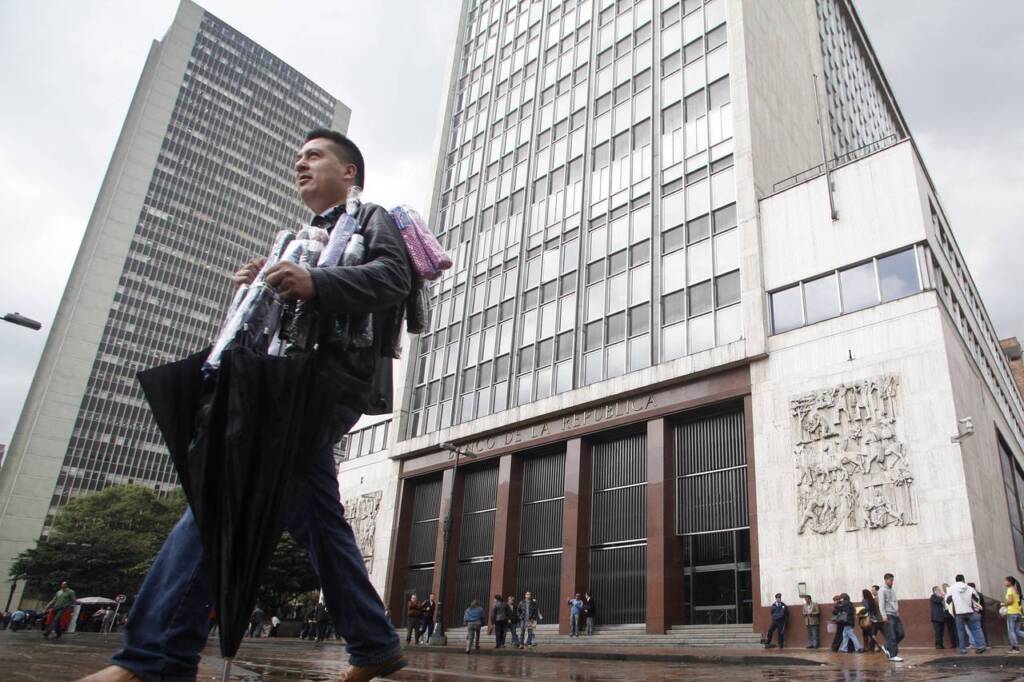When Mexico’s central bank launched a digital payment system last year, it highlighted the pace of technological change in the country’s banking industry.
CoDi—a digital wallet that lets customers pay for low-value to medium-value items by pointing their mobile phone at a retailers’ QR code—is backed by dozens of national and international bank and large retailers.
The digital payment system aims to reduce money laundering and popularize digital payments in a country where more than 30% of people don’t have a bank account. CoDi is also part of a bigger trend—Mexico and the rest of Latin America is ushering in a booming financial technology, or “fintech” industry.
The region’s banking industry is also booming. According to research by McKinsey, Latin America is the fastest growing region in the world for payments. In 2019, revenue increased by 12% or more prior to the Covid-19 epidemic, 2-3 times the growth rate of many other regions.
In the last five years, Mexico’s large banks have made technology investments totalling almost $3 billion US dollars, according to a report published in 2019 by Thomson Reuters Practical Law. “Banks are now less cautious to approach or being approached by FinTech companies that are eager to begin talks on potential collaborations among them,” the report said.
In large banks, digital transformation is already well underway. Much of the initial spending on digital transformation has been on front-end systems, such as mobile banking, payments, Customer Relationship Management (CRM) systems and digital wallets.
What are the biggest challenges banks are facing in their digital transformation projects?
One of the biggest challenges is often updating or replacing the spaghetti systems of their back-office IT systems. These individual systems, some of which can be up to 30 years old or more, often don’t integrate well with each other; and when they do, they are often the source of interface problems around reliability and quality. They are expensive, crash more often then newer systems and need more resources (hardware, software, and people) to maintain and process the same number or even a fewer transactions compared to more efficient, cloud-based systems.
Volante Technologies is helping Latin American banks with their digital transformation projects, most recently partnering with Banorte to help modernize its core payment architecture, starting with cross-border payments.
Payment priorities
The Covid-19 pandemic has highlighted the importance of being able to automate payments (the messaging, routing, and settlement) and businesses processes, such as onboarding customers.
Executing these tasks digitally and “hands free” is challenging when banks are held back by an aging IT environment. Simply overlaying a digital layer of technology on top of legacy systems doesn’t address the underlying problems.
However, this does not mean that banks should junk all their existing IT and replace with new, cloud-based software. Some old office software can be modernized without being replaced, using middleware and application programming interfaces to connect systems to data warehouses and analytics software. In other words, the best solution for most financial institutions is to augment, not ‘rip and replace.’ This allows banks to continue to collect on current IT investments while still modernizing.
Automation, automation, automation
This modernization should encompass how staff work and how data is used. Banks’ priority should be to reduce data entry and data processing done by staff and increase data automation. Aside from the cost of manual labor, human errors in data sent to regulators can mean that banks are fined for common mistakes.
Some banks are deciding that compliance and many parts of digital transformation projects are best outsourced to IT suppliers. For example, there is growing demand for Volante’s cloud-based payments-as-a-service because banks’ legacy systems are struggling to cope with increasing volume of payments, the demands of real-time payments, and the move to ISO 20022, the new global standard for payments and messaging.
New financial regulations, changes in technologies, and shifts in payment markets are only one part of the digital transformation jigsaw; digital transformation projects in banks are as much about people and corporate culture as they are about technology.
Digital transformation projects are likely to solve company-wide problems with outdated technology and inefficient processes, but it will also help break down departmental silos. Doing this is often difficult, met with resistance, and can take years to fully achieve.
More banks are appointing chief digital officers, which is good. However, they will have little impact unless they work closely with all departments, including compliance, risk, marketing, and finance. They must exchange information and cooperate to provide a seamless, digital customer service.
As a recent Mastercard report noted, the Latin American banking industry is moving towards “banking as a service” with customers expecting that they will be able to open a bank account online, within minutes. Corporate customers do not want to have to switch between different banking platforms and apps, and expect the convenience of having a single hub for all their needs.
Some banks may want to digitally transform their environment themselves, in partnership with trusted suppliers. Others may find it easier to partner with fintech companies. Under this approach, a bank would maintain its core systems, including payments processing capability, while fintechs could develop the technology to improve customer experience.
The financial services’ market in Latin America is large enough for banks and fintechs to provide the sophisticated digital innovations expected by its many and growing customer need. Digital transformation is also big enough for it to be tackled in different ways. The usual business rules no longer apply – we are facing a new normal.
Want to learn more about digital transformation in Latin America?
Read what experts from Banorte, Citibanamex, Lloyd’s Banking Group, Cecoban, and Volante had to say about the challenges, opportunities, and technology trends influencing the open banking revolution in Latin America in light of new regulation, data standards, and collaborative efforts between banks and fintechs.







